-
BPCR at the range (W/O the blackpowder, so far!) 32-20 Hepburn
-
The Following 3 Members Say Thank You to jmoore For This Useful Post:
-
04-05-2013 06:40 PM
# ADS
Friends and Sponsors

-
Advisory Panel



Originally Posted by
jmoore

If it was mine, I'd be working up some BP loads,
So would I. If you do, you'll find that you need to clean after every shot to get target-rifle accuracy. I shoot a Swiss M1882 revolver, and the 7.5mm Swiss Ordnance case is close enough to 32-20 dimensions that I use shortened 32-20 cases. By the time I finish a 15-shot target, the grooves are hard to see and the cylinder is ploughing hard through the BP crud, in spite of proper lubrication.
M1882 revolver, and the 7.5mm Swiss Ordnance case is close enough to 32-20 dimensions that I use shortened 32-20 cases. By the time I finish a 15-shot target, the grooves are hard to see and the cylinder is ploughing hard through the BP crud, in spite of proper lubrication.
After that little caution, I nevertheless hope that you will be allowed to give it a try! Hint: About 12 gn of Swiss No 1 for a start, maybe up to around 15 gn in the original 32-20 cases.
Last edited by Patrick Chadwick; 04-08-2013 at 08:49 PM.
-
Thank You to Patrick Chadwick For This Useful Post:
-
-
FREE MEMBER
NO Posting or PM's Allowed

I clean after the fifth shot. But the first is the only really accurate one. Groups are now a bit less than 30 cm at 100 metres with the very short Werder cav. carbine using only BP. The barrel cleans easily with boiling water. Am still experimenting with the loads and intend to progress to 300 metres.
-
Advisory Panel



Originally Posted by
villiers

I clean after the fifth shot. But the first is the only really accurate one.
Patrick, what is the powder charge, and what is the volume of lube that you have between the wad and bullet?
For BP competition shooting it is common to take an "Ölschuss" i.e clean-bore shot into the berm. Declared before firing, so that it is not counted as a miss!
In effect, this clean-bore shot leaves a soft residue behind that (you hope) stays pretty constant for all following shots - if you have enough lubricant. I would guess you need about 0.4 cc of fairly squishy lubricant to achieve this steady-state condition with the Werder carbine cartridge. If necessary, reduce the charge until you can fit in that much lubricant. Better a consistent howitzer trajectory than a flatter-shooting lead sprayer.
Otherwise you need to clean after every shot (not allowed in military competitions). Cleaning every now and again will not produce the tightest groups.
Last edited by Patrick Chadwick; 04-09-2013 at 10:31 AM.
-
The Following 2 Members Say Thank You to Patrick Chadwick For This Useful Post:
-
Some of the buffalo rifle competitors have a flexible "blow tube" that they insert into the breech and breathe through the bore between shots to keep the fouling soft. Fairly common technique from what I've seen, but have yet to try it with a breechloader. It does seem to help with muzzleloaders on dry days from my limited experience.
I don't know if I can convince the owner to try BP in this rifle. Nor is it certain that it will end up in my greedy mitts anytime soon, if ever. Depends on whether he gets distracted by something "shinier".
Muzzle end is about pristine. Seems to be a bit of something going on at the breech, but it doesn't seem to have hurt much!
BTW, the chambers on two of the revolvers are tighter than the rifle, and the OAL was set by the Colt Army Special:
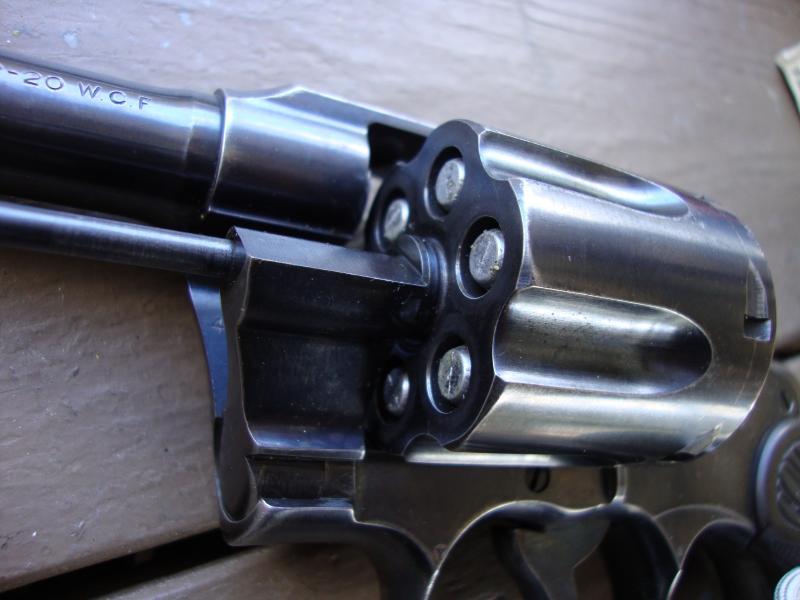
So there's plenty of room for fine tuning the rifle from this point. Maybe we'll see more of it...
Last edited by jmoore; 04-10-2013 at 02:52 AM.
-
-
Advisory Panel



Originally Posted by
jmoore

Some of the buffalo rifle competitors have a flexible "blow tube" that they insert into the breech and breathe through the bore between shots to keep the fouling soft. Fairly common technique from what I've seen, but have yet to try it with a breechloader.
I have just about given up competitive muzzle-loading shooting, because I don't like jumping up and down like a yo-yo in the desperate attempt to get off all shots in the allotted time. Once I have creaked my way into a good firing position, I like to stay there until the target round is complete. Which is why a Sharps or Rolling Block BPCR is excellent, because I can clean from the breech end without getting up! I also use a flexible blow tube, which is very helpful, in fact vital, for breech-loaders (Snider, Martini, Peabody, M1871 - in fact the majority of military BPCRs). It is a VERY good idea to have the mouth end clearly identifiable, as sticking the sooty end in your mouth is not pleasant!
In this way, I can complete a competition target without getting seriously out of position, doing a half-roll to the left in order to clean the rifle. The time saved by not jumping up and down and getting into position again can be better spent in taking carefully aimed shots!
---------- Post added at 07:46 PM ---------- Previous post was at 07:38 PM ----------
P.S. for Patrick Villiers. Try a blow tube between shots with your carbine. It could produce a considerable reduction in fouling hardness, and thus tighter groups, without you changing anything else at all!
Last edited by Patrick Chadwick; 04-10-2013 at 01:49 PM.
-
Thank You to Patrick Chadwick For This Useful Post:
-
Legacy Member

32-40 Winchester
Attachment 42273Attachment 42274Attachment 42275Attachment 42276That is a really nice Hepburn rifle with nice photos. I do not if I should have posted the following information and details because it is not black powder - but black powder could be used.
I have an original Winchester Hi-Wall action, with original Winchester double set triggers. The hammer is the later coil spring type and the new (4140 steel) breech block with small firing pin hole came from the late Ben Rice (Cherry Point NJ). the barrel is Darr and is 1 3/4 inch across the flats chambered for 32-40 Win.
I use a Hoch nose pour mould and the bullets are used in the order they are cast, they are not sized, lubed by your fingers. Each bullet is breech seated with the tool (photo) and only one single cartridge case (index to barrel) is used with 14 grs of smokeless 4227 and a Rem pistol primer. There appear to be alot of advantages in using a lathe turned nose pour bullet mould as the base is always perfect and you do not have to run the bullet through a sizer.
-
The Following 2 Members Say Thank You to RCS For This Useful Post:
-
Advisory Panel


Very impressive, and I like that seater. You are using the old Schuetzen method, and the photos show that the results are excellent. I feel inspired to try that out myself, when the competition season is over.
-
-

Originally Posted by
RCS

I use a Hoch nose pour mould and the bullets are used in the order they are cast, they are not sized, lubed by your fingers. Each bullet is breech seated with the tool (photo) and only one single cartridge case (index to barrel) is used with 14 grs of smokeless 4227 and a Rem pistol primer. There appear to be alot of advantages in using a lathe turned nose pour bullet mould as the base is always perfect and you do not have to run the bullet through a sizer.
Given the title of the thread, your non-black powder loads seem altogether appropriate! Esp. as the 32-40 is generally considered a BP round.
Have often contemplated working up some loads like that, but it's been purely an academic exercise until this point. Given the current feeding frenzy, obtaining moulds is problematic. (7,65/.303 200gr, .44 and .45 specifically of late.) The Lyman 32-20 115 gr moulds are now gone, too.
The major news at this point is the Hepburn is now available. So time to see if there's funds enough to squander! There's no practical reason to own this rifle- It's severely underpowered for Buffalo Rifle competition, it's too small for deer hunting (but legal) AND not legal for small game in this state, and modifying it would be unthinkable! But it's a joy to shoot...
Last edited by jmoore; 04-17-2013 at 02:13 AM.
-
Thank You to jmoore For This Useful Post:
-
Y'all reckon US$1k is a horrible price for such a bit o' impracticality? Might have to put off getting new shoes and glasses a little...
Already have a fine mould and reloading tool for the caliber!:
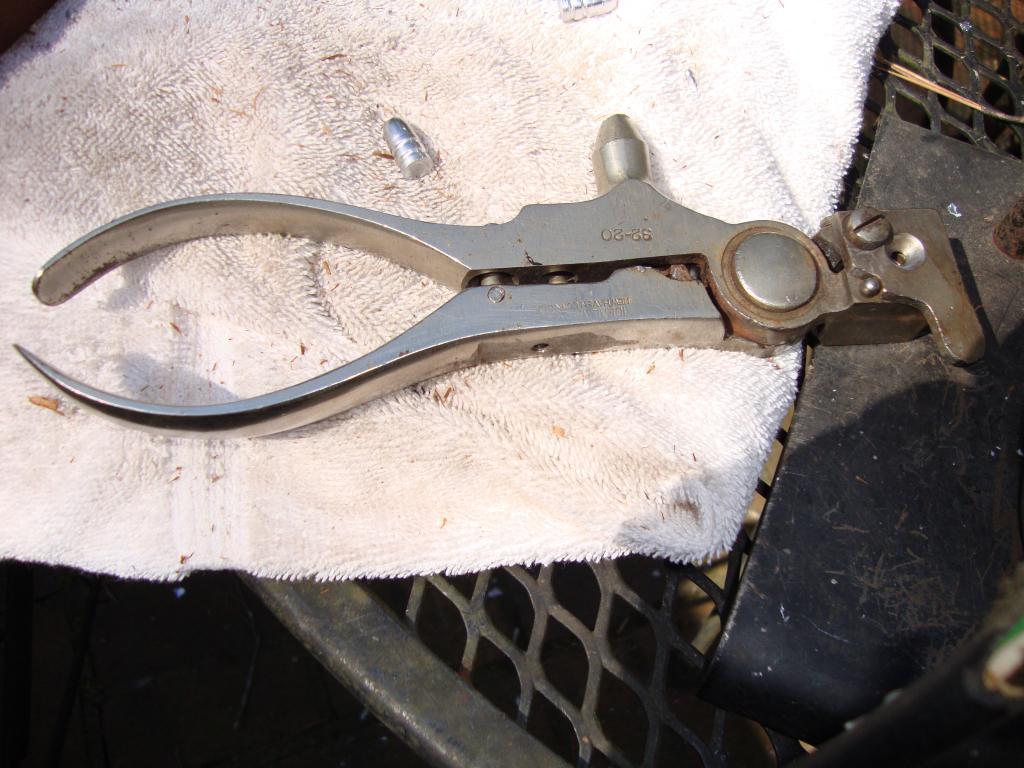
Last edited by jmoore; 04-19-2013 at 08:44 AM.
-


















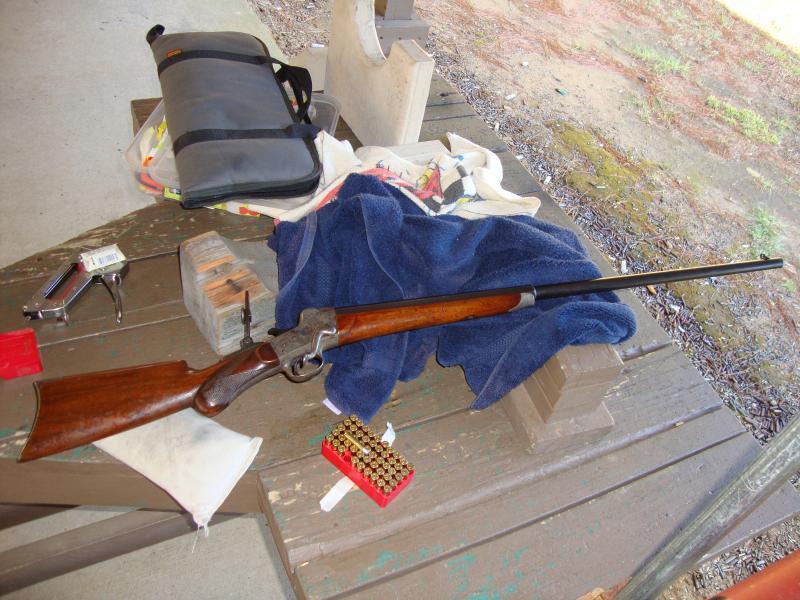
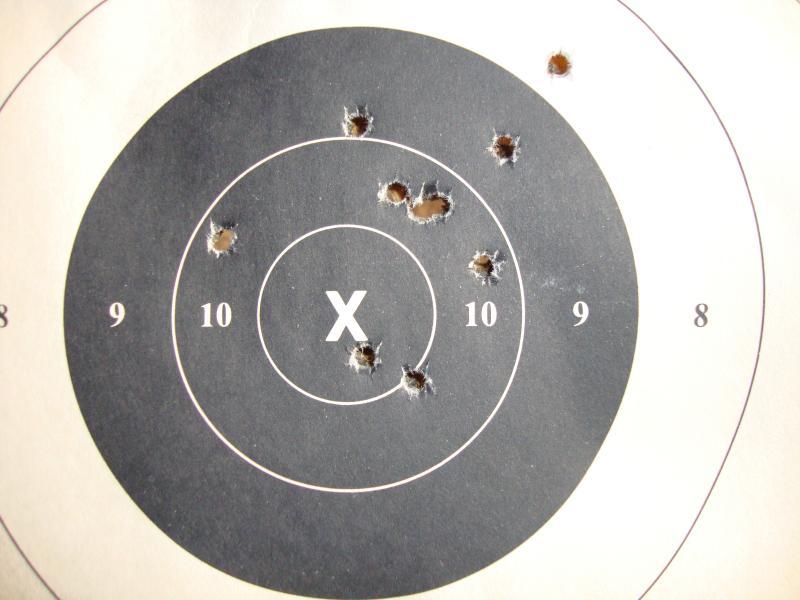
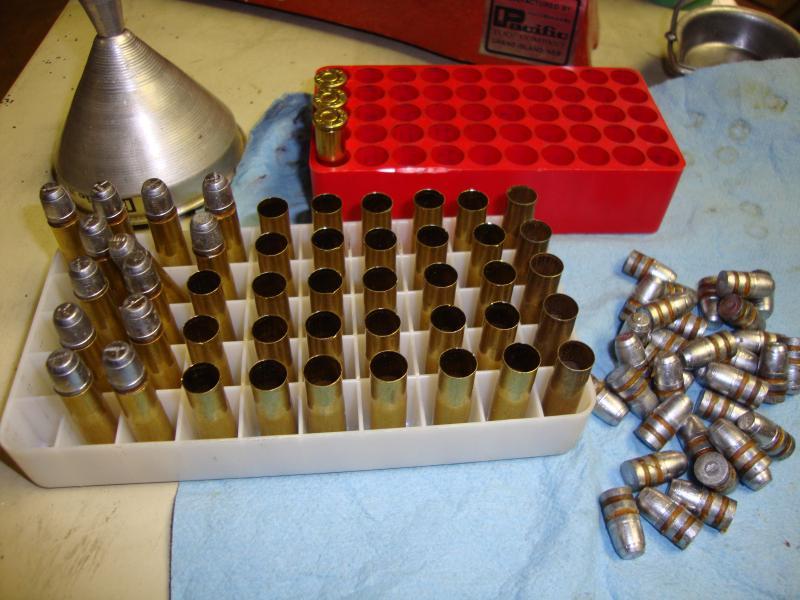
 PM
PM












